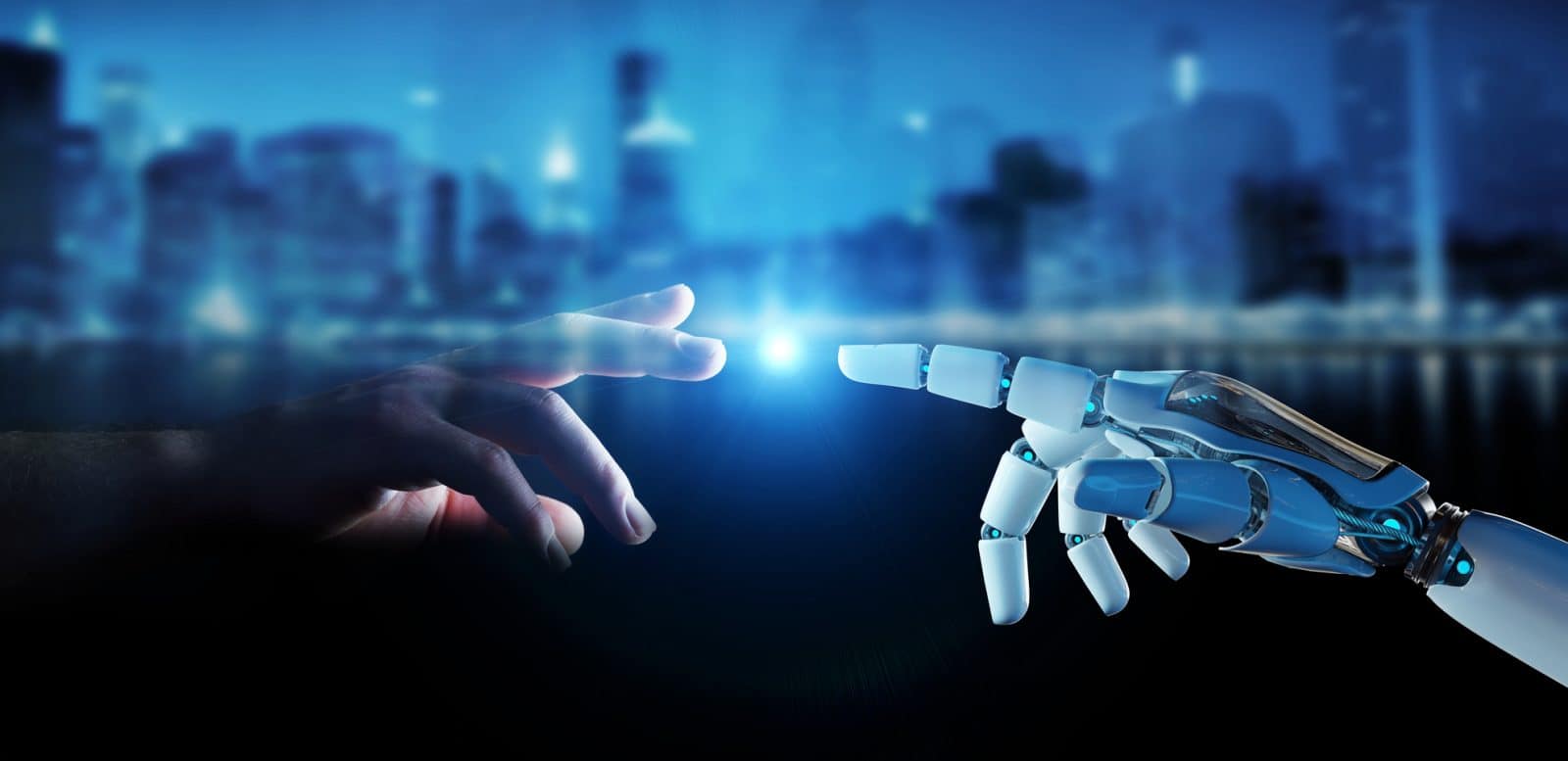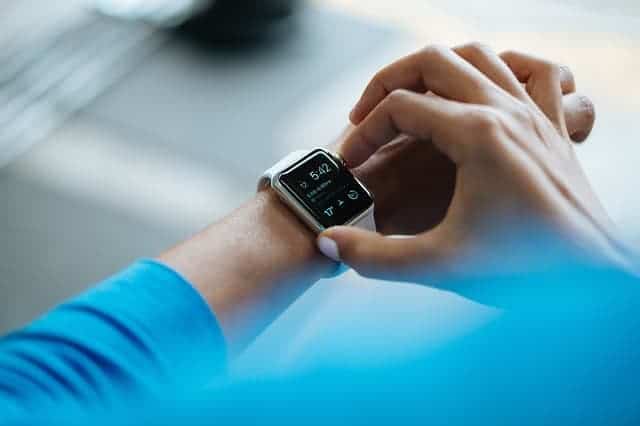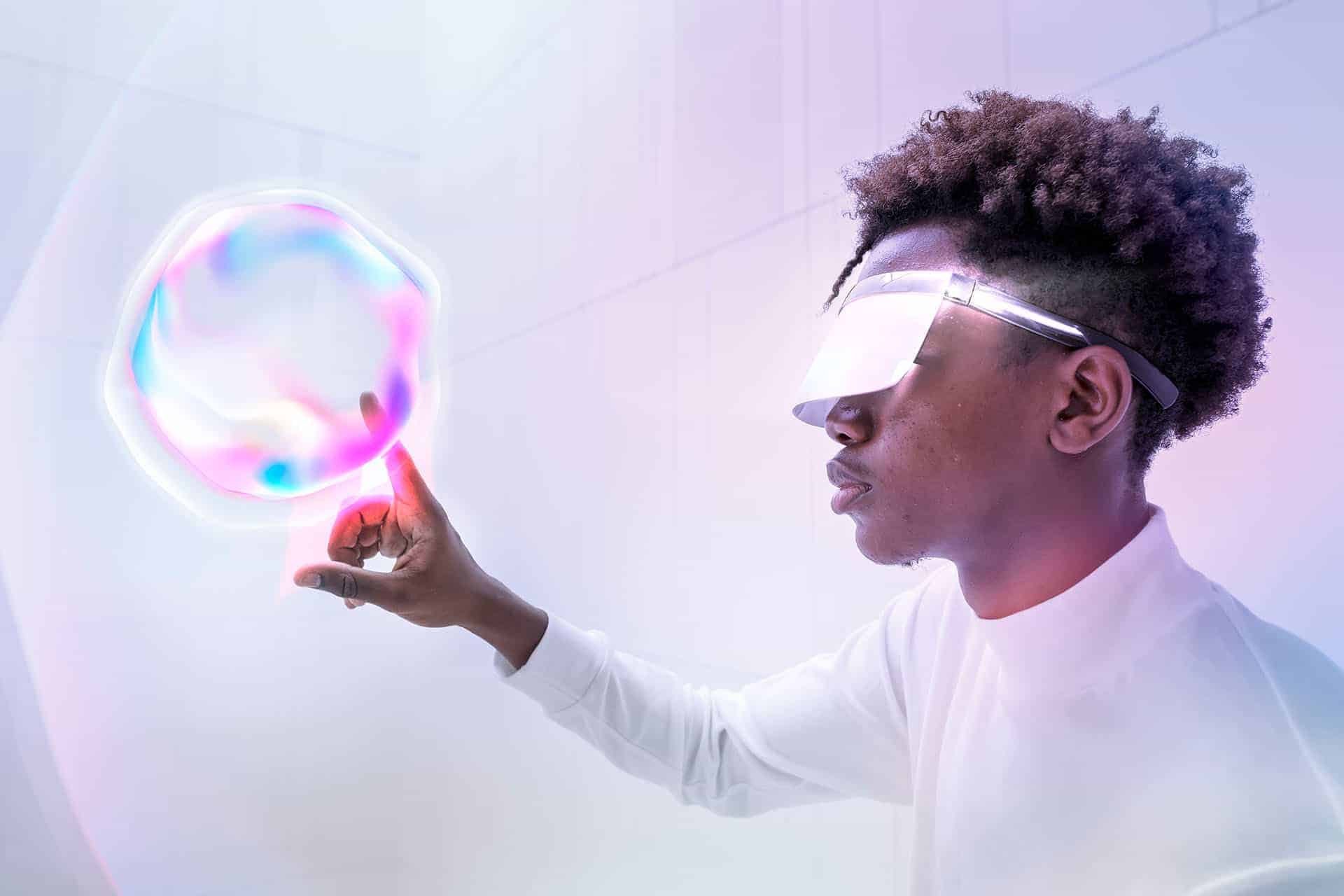Industry 4.0 has completely changed manufacturing and production in a way we couldn’t think of a few decades ago. Now, we have become closer to our machines as we interact with them daily at home, in the office, or on the shop floor. Our work has become much simpler thanks to automation and connectivity being incorporated in all the industries.
Thanks to the human-machine interface (HMI), our machines are becoming smart, and now we can interact with them more than ever before thanks to leading-edge user experience (UX) designs, touch screens, and innovative new input techniques like voice recognition and mid-air haptics. The interactive and user-friendly interfaces also allow people to operate complex machinery without much difficulty and with greater safety considerations.
Industrial development never stops, and we are experiencing new HMI trends every day that allow everyone to work faster and make us more efficient. Here are some of the most popular trends among them.
Remote Interaction with Devices Using IoT Connectivity
IoT allows us tons of ways to gather data and control huge systems using just a smartphone or wearable device while sipping a cup of coffee at home. But think about it – will that data be useful if you didn’t have a way to interact with them?
That’s where an effective HMI experience comes in. You use it to get access to the information provided, take desired actions, and get feedback from the system.
You can use several sensors to get data or alerts from different equipment. Then you can use it to control those machines using an app on your phone or a program in your workstation. You can turn different functions on and off using just a few buttons.
The latest HMI technologies give you more detailed data in the form of charts, tables, and graphs. It allows greater control over machines and gives you the insight required to fine-tune these systems. Now you can not only detect the occurrence of a fault but also know the reason why it happened while sitting at your home or office.
If you are making an IoT system for your manufacturing plant, you will need to develop an HMI that will improve your experience working with these machines. An embedded graphical user interface (GUI) development tool is the best way to do so. We recommend that you give Crank Software a try. You can use their cross-platform GUI development framework, Storyboard, to create top-notch user interfaces for your machines.
Using Storyboard, you can create amazing industrial user interfaces on any sort of device, even limited microcontroller-based hardware. Its unique architecture is optimized for custom hardware, so you can always get optimal performance on a wide range of devices.
They are trusted and have worked with famous enterprises like Coca-Cola, Vorwerk, Alliance Laundry Systems, and more.
Wearables
When we are making machines interactive, then why not make our wearables smart as well? With devices like smartwatches and smart shoes flooding the market, integrating industrial HMI experiences would make them even more useful.
Nowadays, smart wearables are not only used by consumers. Workers in the industrial sector have incorporated these gadgets into their daily lives as well. Now manufacturing floor operators, restaurant workers, medical technicians, and more can get timely information and get alerted when something wrong happens.
They can just look at their wearable device, which is faster than looking at a computer or smartphone and act accordingly. This allows for faster responses to problems, and the number of workplace issues will be reduced drastically.
Have a Nice Conversation with Your Machine
We all have interacted with chatbots, especially when working with virtual assistants and automated customer support. And now, conversational UI has integrated with them, making human and machine interaction feel far more natural.
Previously we used keyword phrases to search for appropriate answers, or we found the data manually. But now, thanks to conversational UI and natural language processing (NLP), you can communicate with your machines naturally using written or spoken words.
These kinds of virtual assistants have a lot of potential. You can just ask your chatbot about why a specific machine in your factory failed, and it would tell you the exact reasons.
Sharing Data Made Easier
We could share data between two devices, but both devices needed to follow a specific protocol to be able to exchange data. Now we can say goodbye to this concept.
Protocol conversion has been integrated into the monitoring systems of industrial equipment, and now you can get direct access to the monitoring parameters of all your industrial equipment. You can monitor them from any device, even if the protocols of your phone/computer are different from that of your industrial machines.
And with sophisticated HMIs, the communication between two devices has become even more interactive thanks to the operator interface. Local users, operators, and PLC/SCADA machines can get access to this information easily with no intermediate devices and little to no setup.
Realities Combined
We all have heard about virtual reality (VR) and augmented reality (AR). In fact, these two technologies have been used in several fields, like gaming, education, and more. But now, we can kick it up a notch and make these concepts even more powerful by combining them together.
Now, operators and engineers can work complex and dangerous machines using realistic digital models while in a safe environment. They can also overlay data, instructions, and objects on top of real-world items.
You can just point your smartphone camera towards a machine, and you will immediately see visual data, the condition of the system, or get to know about the components of the machine without even touching it.
If you wear AR headsets or smart glasses, you can hear or read instructions and manuals while you are repairing or assembling a machine.
Combined reality will open new doors to remote control technology. Now, one of your operators can just point his/her device towards the machine, and you can control it from another location.
Next-Gen Screens, Graphics, and Controls
The most important component of an HMI is the built-in LCD screens that we use to get access to the data and interact with machines. But soon, you may not need such screens at all.
With holographic technology becoming a thing, we can use different projections to display data. You won’t even need a physical screen anymore to control machines as all those physical controls will be shown digitally.
You will get access to tools that don’t exist in the physical world. You can just perform a gesture in the air, like swiping your hand to turn a machine on or off.
Wrapping Up
These were some of the popular HMI trends in the world of industries and manufacturing. But it can be used for so much more. HMIs are integrated into medical equipment, and now man and machine can work together to save lives. A surgeon even performed the first successful robotic surgery in 2019.
There are so many things that we have achieved, and a lot more is about to come. The future of industries and HMI is looking really good.
This page may contain affiliate links so we earn a commission. Please read our affiliate disclosure for more info.







JOIN THE DISCUSSION: